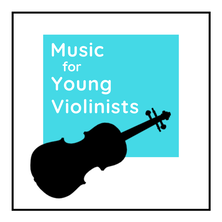|
Free sample of the A Major bowing patterns and 50% off sale of the entire collection only available thru Sunday, November 8, 2020. Students need repetition to master any skill. The studies in 13 Bowing Patterns for Scales + Harmony are perfect for creating a structure for this success and will benefit the beginning-intermediate level violin player in the following ways:
How to Use the Bowing Patterns: 1st - Do the bowing pattern in the air while singing the scale. 2nd- Play on the violin, mastering one pattern at a time. Do not go on to a new pattern until you are consistently successful with the previous pattern. Some students find it easier to start with the patterns on the second page. 3rd- March a quarter note beat while air bowing and singing the scale. 4th- Play on the violin while marching the quarter note beat. 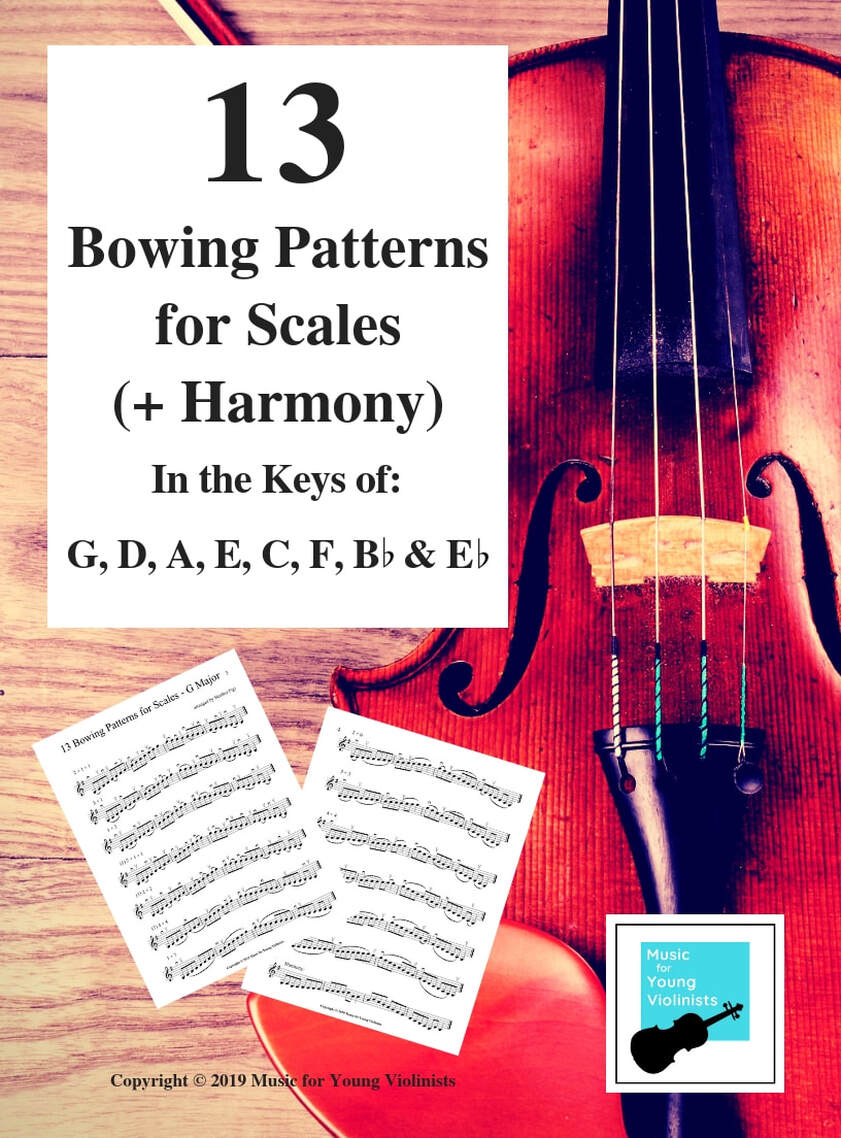
0 Comments
The M4YV FREEBIES page has been getting organized and is growing! If you have not recently visited this page of 130+ free downloads, you may enjoy some recent additions, including: Rainbow Scales for Violin & Viola - Use these LARGE sized musical staff charts with students to help learn note names and use them as a reference and color in the half notes for fun. Many of us are looking for distance ways of connecting with our students right now, and these free charts are perfect for beginners to study the musical staff. Get creative with how you use these and please send me a picture of your ideas at [email protected]. Samples from the Double-Stop Études (Violin & Viola)The most recent additions to the Music for Young Violinists project include Double-Stop Études for violin and viola titled: 5 Progressive Double-Stop Études for Violin and Viola, composed by Heather Figi. Several resources from these collections made their way to the FREEBIES page, including:
1- Interval Charts (in color and black and white) - This is another fantastic activity to email to your students for distance learning. The black and white version is unlabeled so students can study the intervals and write in what interval is represented by themselves. 2- New Spring for 2 Violins - This duet contains double-stops and is also transcribed for solo instruments. 3- Preparatory Exercises the 5 Progressive Double Stop Études (Alto Clef) - Each 4-8 measure section correlates to a longer étude. Some students will be able to learn all 5 in a week, and other students will need more time to learn the 5 preparatory exercises. Do not move on to the full études until these five preparatory exercises are mastered. Ode to Joy for VIOLA and VIOLIN (D Major) are the newest FREEBIES from Music for Young Violinists. Spread some "JOY" to others and re-post this, email your studio or pin to Pinterest! There is some new music here at M4YV and to celebrate the first viola collection (yes you read that correctly - VIOLA) I added this all-time favorite tune here on the FREEBIES page to literally "spread the joy." Ode to Joy is now featured in 3 different M4YV collections:
Good news if you are clicking on this today (May 3-5, 2019) because I always celebrate new music with flash sales. You can get all three collections together as a bundle (click here) for $20 (normally $30) or the viola collection for $5 (normally $18). Someone asked me recently what brought me joy. After 2 weeks (seriously, I had to really think about this), I found my answers:
I thought more deeply about joy, and it's role in our lives last summer when both ends of the joy spectrum weaved thru my life. Read more about that here. What brings you joy?
Please share in the comments below, thanks! I know from decades of experience teaching that nothing makes a young student more excited than being able to play Jingle Bells. Please enjoy this free gift of a LARGE print arrangement of Jingle Bells for beginning violin (with fingerings added) available on the FREEBIES page.
Happy holidays and happy music making! Play along to the 10 easiest violin songs here on this youtube video:I spent the past 20 years teaching the violin and most of that was using a Suzuki Violin curriculum which begins with Twinkle, Twinkle Little Star & rhythmic variations. In my opinion, this is is a difficult piece to begin with since it has 4 sections in A-B-B-A form and uses 6 pitches. I always had to break it down into smaller songs like the Flower Song and Monkey Song in order to teach it to young beginners.
This got me thinking about how I might teach beginners if I were to use a different curriculum so I created the list below and a violin sheet music collection of what I think are the 10 easiest violin songs. 3 Note Songs:
4 Note Song:
5 Note Songs:
6 Note Songs:
Lastly, for clarification, there is a slight error in calling this a list of songs because the definition of a "song" is a piece of music meant to be sung with the human voice versus a "piece" which is composed for an instrument. As you can see from this list above, Spring from the Four Seasons is technically a "piece" and not a "song". What songs/pieces would you include in this list? Please let us know in the comments below. Thanks! For the Winter/Spring 2017 free *seasonal download (available here thru June 2017) I decided to do a small collection of folk tunes. After years of being immersed in complex compositions by composers such as J.S. Bach, D. Shostakovich and C. Debussy what captures my attention now is the simplicity of folk music. I don't know why I like these so much - is it because I value simplicity in all areas of my life? I have also speculated that after doing music for so long (37 years) at this point even the most complex sounding compositions always have simple formulas behind them and I like the puzzle of trying to de-code what this simplicity is.
Probably the most unique tunes in this collection are the Icelandic folk songs. I had the opportunity to teach in Iceland one summer and loved that their folk music and children's songs were in mixed meter. This was so different than my early musical exposure and even inspired me to write a piece called Reykjavik Shines for String Quartet in 3 Movements. If mixed meter music thrills you as much as it does me then feel free to view the score of this really quartet by clicking HERE. WHY ARE THE COUNTRIES SO LIMITED IN THIS PACKET? Maybe you wondered why I did not include more diversity in the pieces in this collection. I really wanted to and even began drafting some other tunes but the limiting logistics of time and energy were a factor. Also, certain traditions of music do not translate easily. For example, my favorite thing to do in my free time is capoeira which is a Brazilian martial art that combines music and movement. I know dozens and dozens of songs from this portion of my life but struggled to find ways of transcribing them for this little collection of folk music - maybe in the future? WOULD YOU LIKE TO ADD SOMETHING? If you have a PDF of a folk tune that is not copyrighted and would like to post it on the FREEBIES page here at Music for Young Violinists please send me an email. Sharing is fun :) * This is the 2nd to last free seasonal download I will do. The final one will be published in Spring 2017. I would be so grateful if you passed this good news on to your friends while this opportunity exists - thanks in advance! This collection of music was so much fun to write and I am so happy to be able to share it with more musicians thru the Music for Young Violinists project. I have a special place in my heart to compose for beginning level violinists. I created these pieces for my studio so that each of my youngest students could have a special solo feature when we had our group recital performance of Boil Them Cabbage Down. Creating solos for specific musicians helped me customize parts that supported different techniques that would be beneficial to individual musicians. These techniques include using harmonics to loosen the left hand/arm with shifting and helping identify the middle of the string, sixteenth note rhythms to build tone and composing material in the familiar key of A Major to build confidence and success with newly developed reading skills. I hope you enjoy this joyful collection of music! Please let me know what your favorite solos are. HOW TO USE THIS BOOK - 1- Assign individual solos to specific students for a group performance to showcase individual musicians. 2- As a reading book - the variations help build on existing skills and aural templates while teaching the musician slight changes in the music notation. 3- Special assignment for any student who has an affinity for fiddle music. 4- Special assignment for summer/winter breaks because the consistency of material allows for independent learning. 5- Note reading practice by writing in the pitch above the note (one of the many perks for printing out your own music is that you can write in it and still have access to a new, fresh part). 6- Fiddle party or workshop material. 7- For FUN!!! Play music in the true sense of the word “play.” Tell a friend, email the studio, post to Facebook/Pinterest or if you are like me, send a good old fashioned letter in the mail: the Spring/Summer 2016 Music for Young Violinists music packet is still available for FREE. Just fill out a contact form either on the HOME PAGE or on the FREEBIES page and bam - you will receive a link that allows you to download this packet of music teaching awesomeness.
Wow - that's pretty awesome right! I will only offer these music packets as free seasonal downloads for 3 more seasons so don't delay in spreading the good news. All good things in life must come to an end and when I begin nursing school I will have to end this neat global music sharing project. Thanks! Heather Thank you to TakeLessons.com for including me in this neat infographic.
I have a magic bag. When I put something in this “magical” bag it makes the object grow into a larger version of itself. For example, if I put a miniature notebook into the magic bag, I get back a large notebook. I started this trick in my teaching to help with review of the *Blue Jello (set 1) rhythm cards. I wanted to fortify this foundation of fundamental rhythms before we learned the second set of this rhythm card series. The Blue Jello (set 1) cards happen to come in both a small and large size which naturally led to this playful idea. This simple trick for reviewing first year material turned into a very captivating way to begin a class and my students never even realized we were doing review.
As the school year went on I realized that the magic bag was more than a way to enchant my students into doing review and actually a metaphor for the learning process. When we come to class our knowledge is small and when we leave class it is bigger - this is the wonder of the learning process. As I realized this parallel I began to state it to my young students so they could be aware that they were growing and be able to feel empowered by this incredible process. I believe that learning and the growth that occurs along the way is one of the most satisfying experiences we can possibly have in this world. The magic bag helps us conceptualize the true magic of the learning process while having fun along the way. I also did this intentionally to plant in my young students an identity of being a learner and a student. If you have not already read the book The Talent Code by D. Coyle, I highly recommend it for several reasons. One of the reasons I recommend this book for educators and parents is to learn about the incredible studies that have been done correlating identity to success. In the video below I first share a brief view of how the magic bag works, the concepts and reasons behind it and then a clip of me using my magic bag in the classroom. In this video I reference the importance of mindsets - for more information on this I recommend Sal Khan's article The Learning Myth: Why I'll Never Tell My Son He's Smart. I also reference the power of identity - for more information about this and to learn of some compelling studies involving learning and identity I recommend reading D. Coyle's book The Talent Code. * To learn more about Blue Jello Cards rhythm cards and the Music Mind Games music theory curriculum click HERE. LARGE PRINT Music for Beginning Violin is a 21 page digital download that includes 17 popular folk tunes and 3 beginner level scales.
This is the perfect collection for the young violinist (aged 4-7) who is just beginning to learn how to read music. The large music font makes it easy to see notes and was formatted for plenty of room to write in. Once purchased, teachers and parents can print out as many copies as they like for multiple educational uses. As a teacher myself I know that I sometimes want to revisit pieces and write in pitches or fingerings. I also love using color with my students and having multiple use copies with this digital download format gives me versatility and creativity in my teaching. The scales and beginner level pieces included in this collection were chosen because they complement the foundational skill set established for a student who is at the Suzuki Violin Book 1 level but are also appropriate for any young beginner. I owe a special thanks to my precious young violinists over the years who have taught me what pieces light them up and keep them invested and working hard. Popular tunes like Jingle Bells, Happy Birthday and the Itsy Bitsy Spider Song are pure violin teaching gold for teachers working with young students. Happy Music Making! |
Categories
All
Archives
February 2024
AuthorHi! It's me, Heather. I absolutely love working on the Music for Young Violinists project and all the many facets: blogging, website, music, teaching materials, freebies, videos, newsletter and giveaway contests. The best part is connecting with you so feel free to drop me a line. You can learn more about me on the "ABOUT" page. Thanks! |
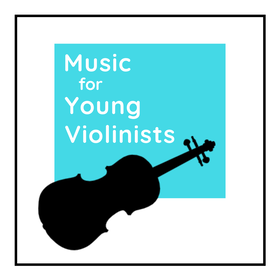
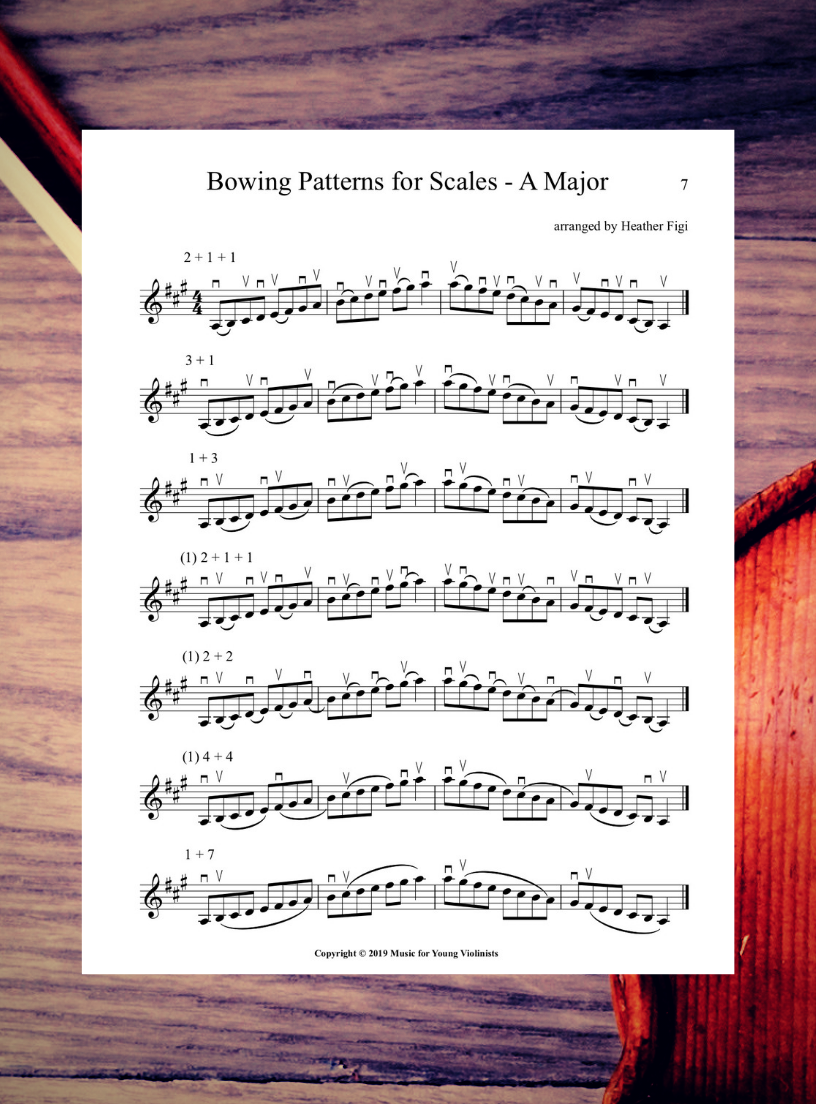
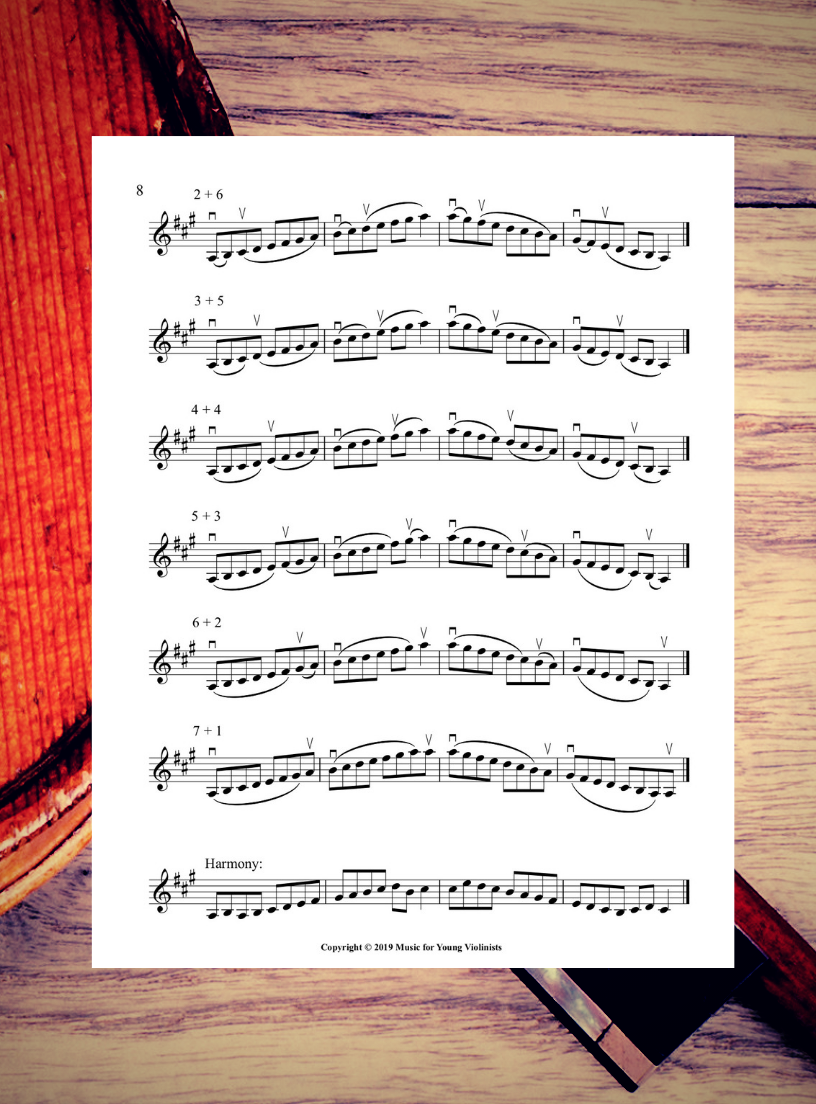
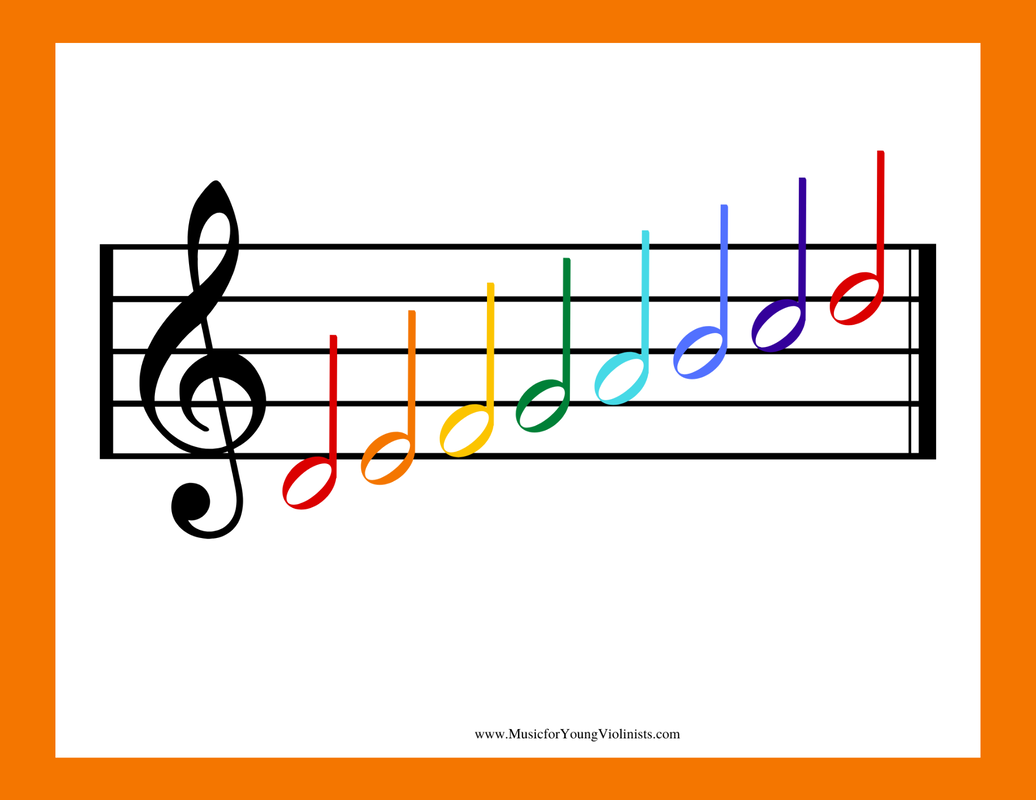
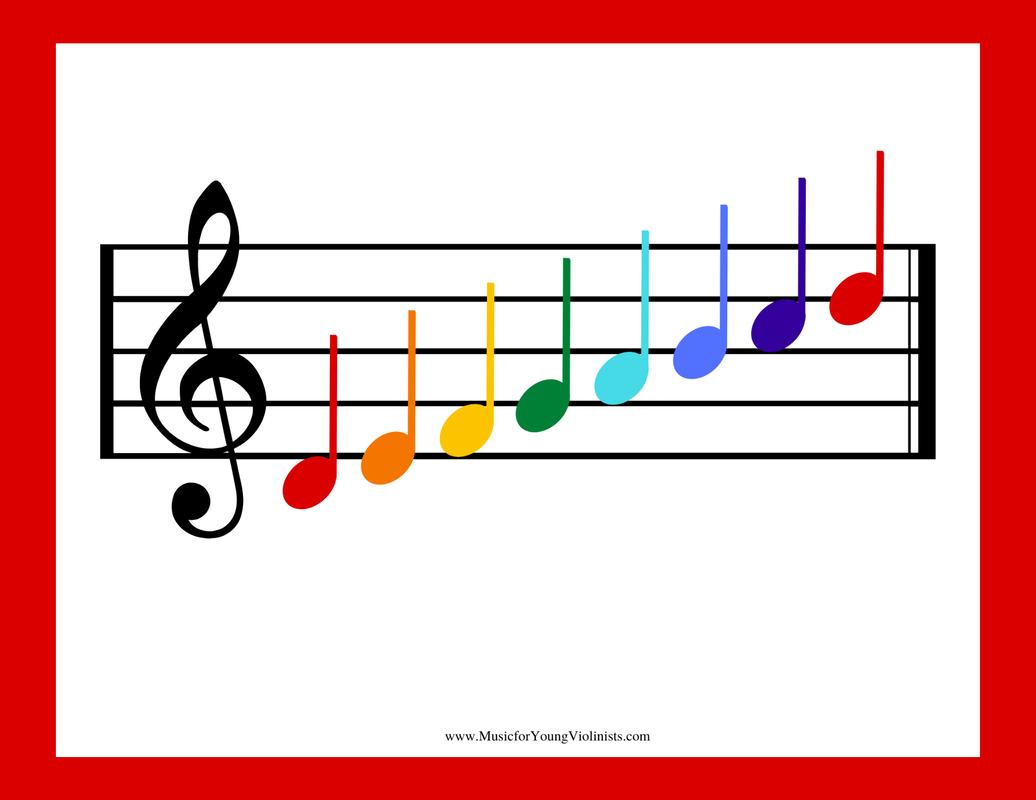
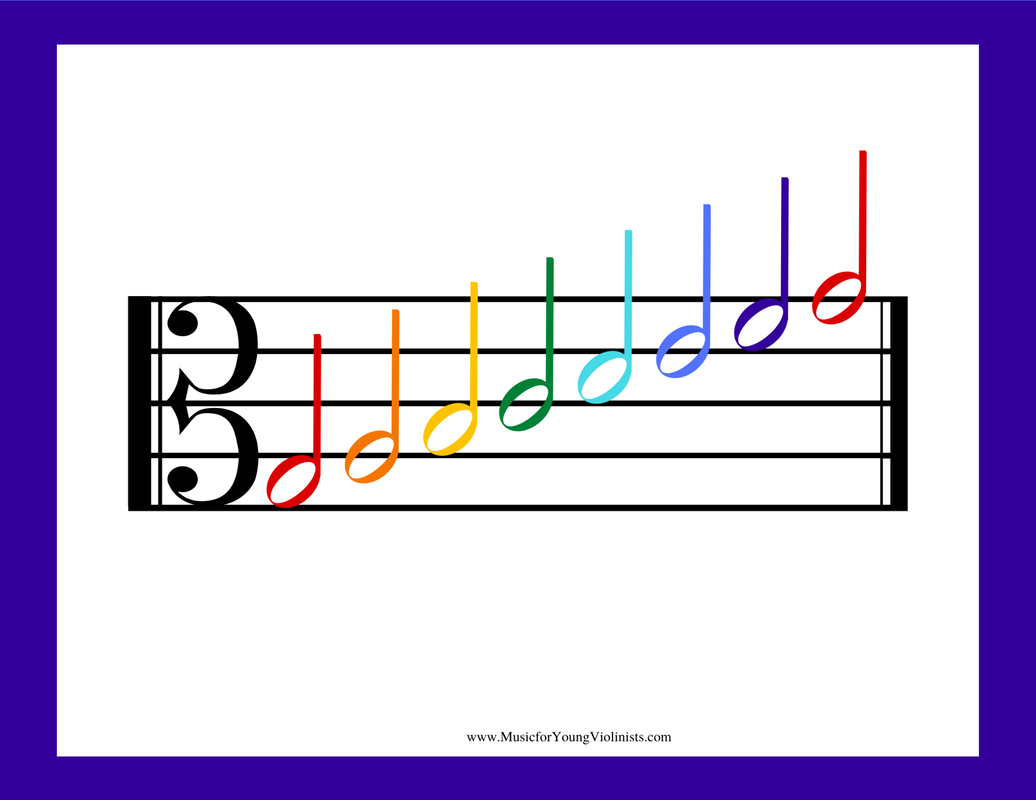
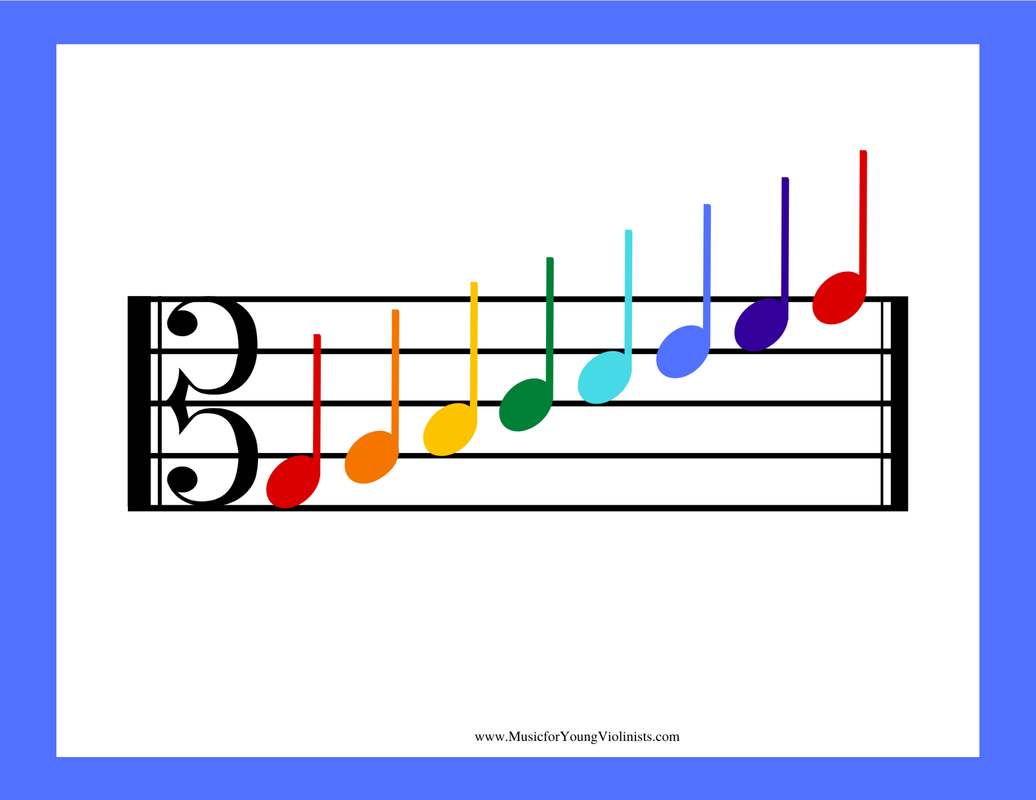
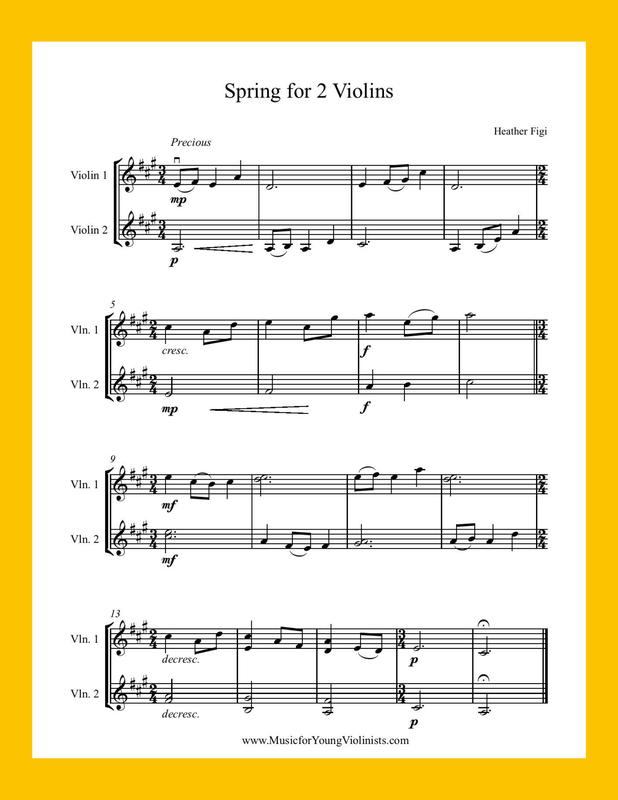
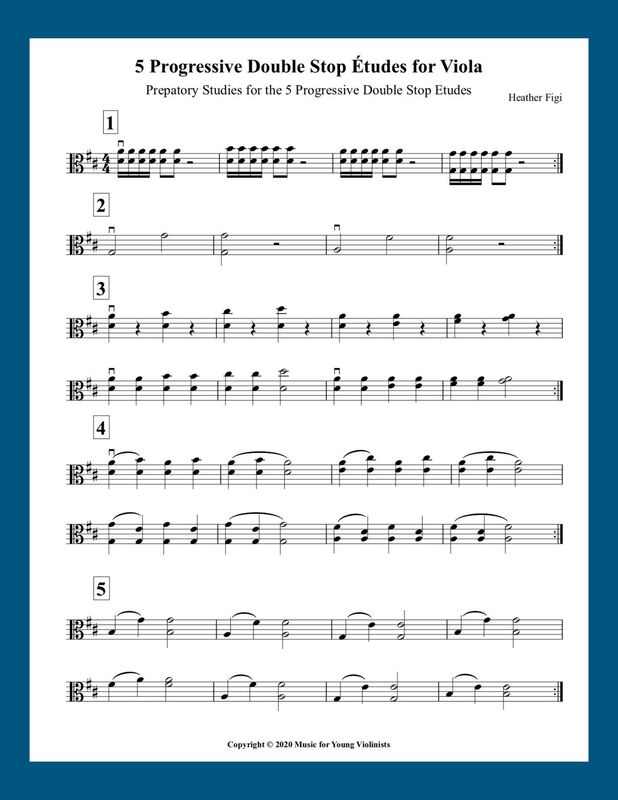
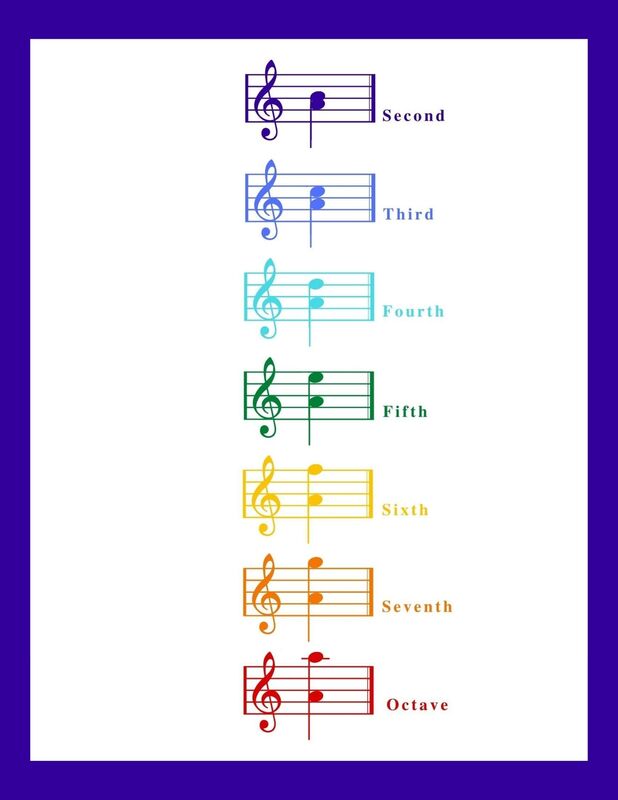
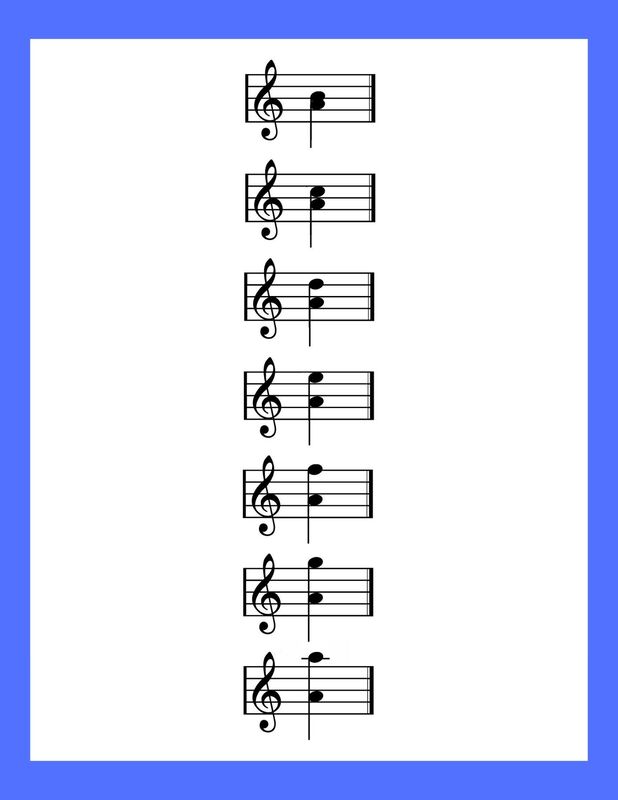
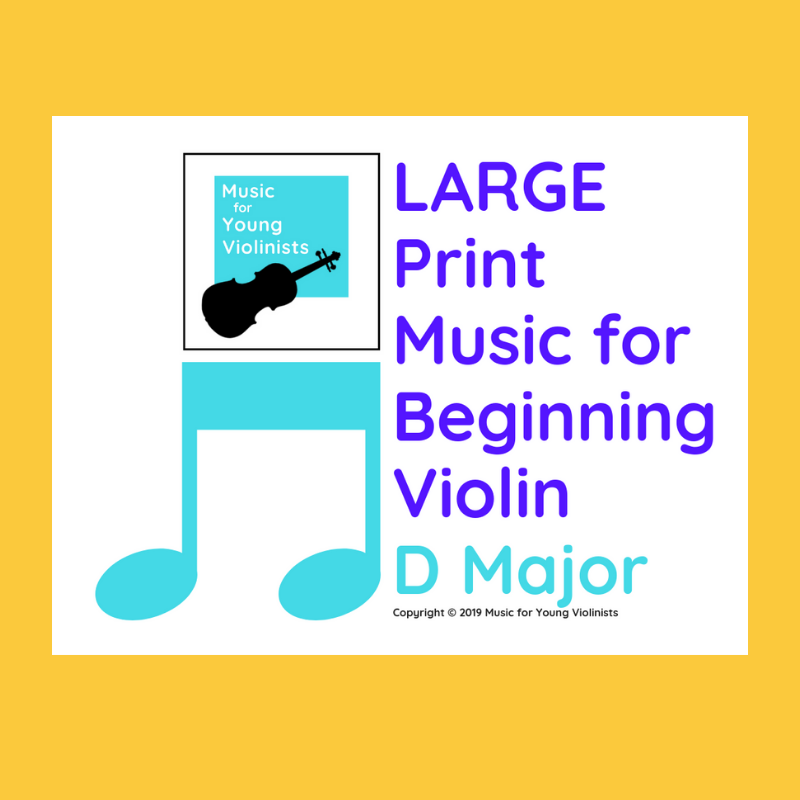
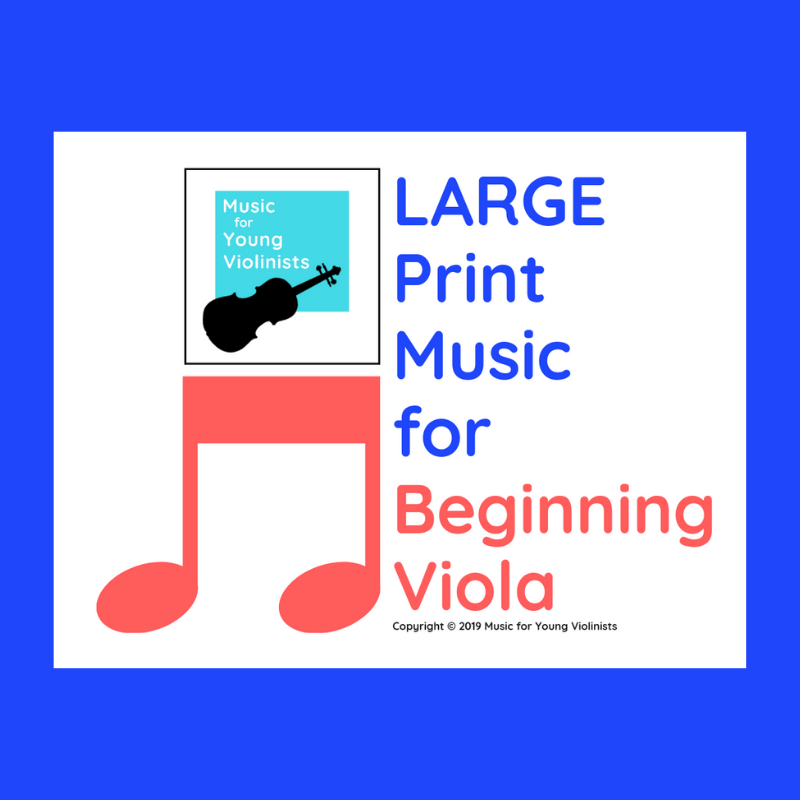
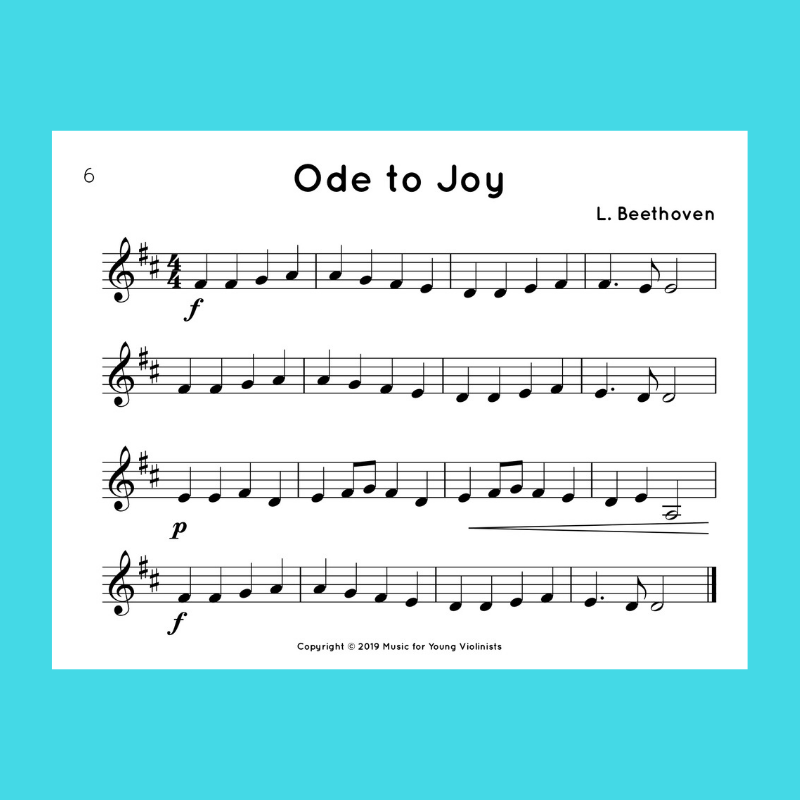
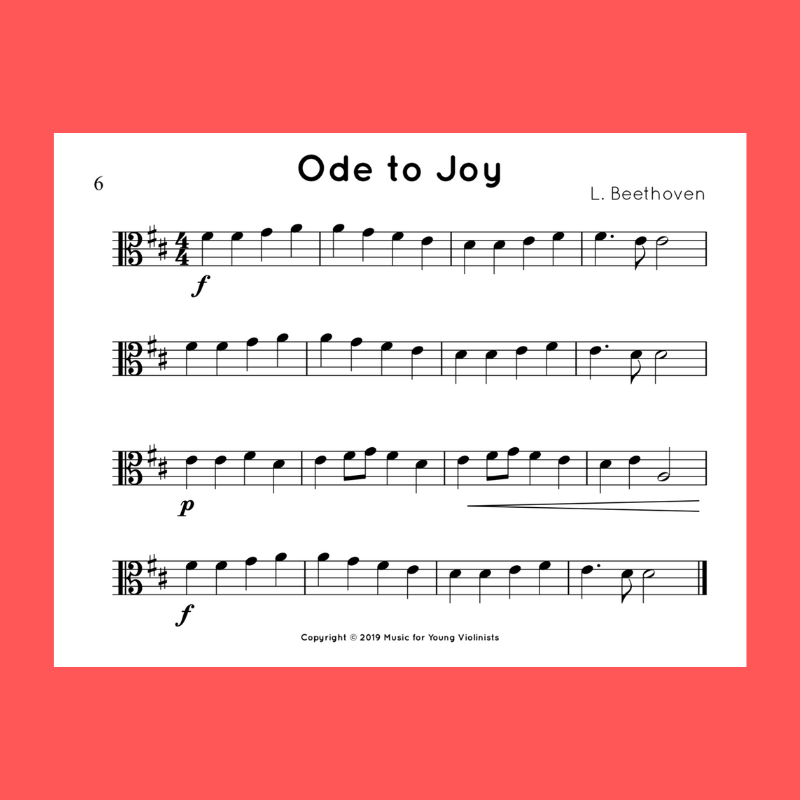
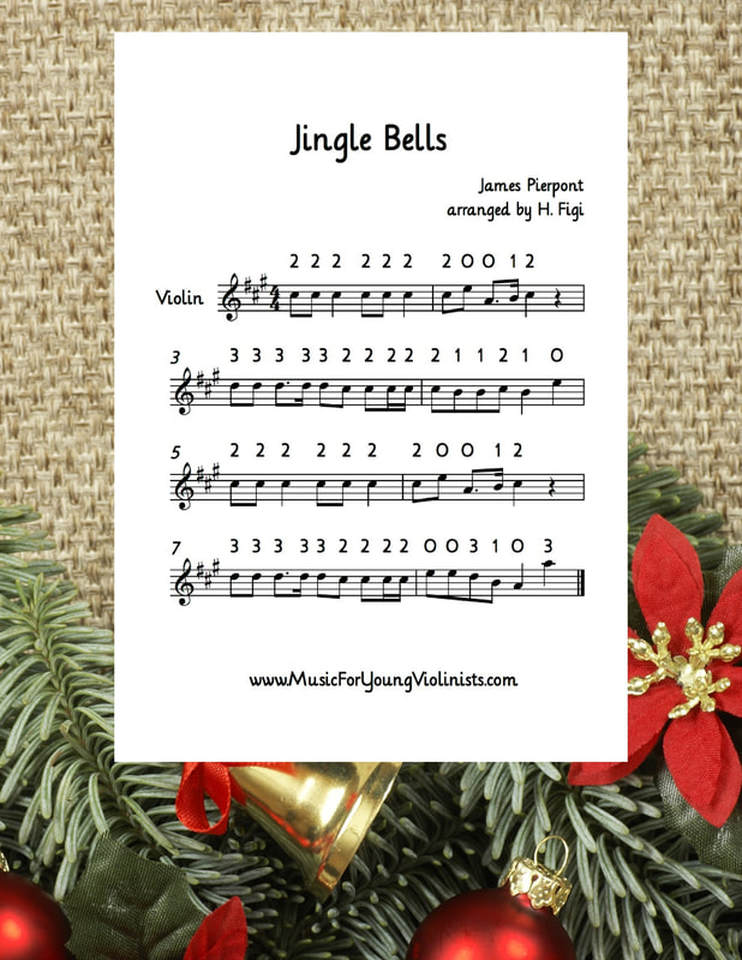
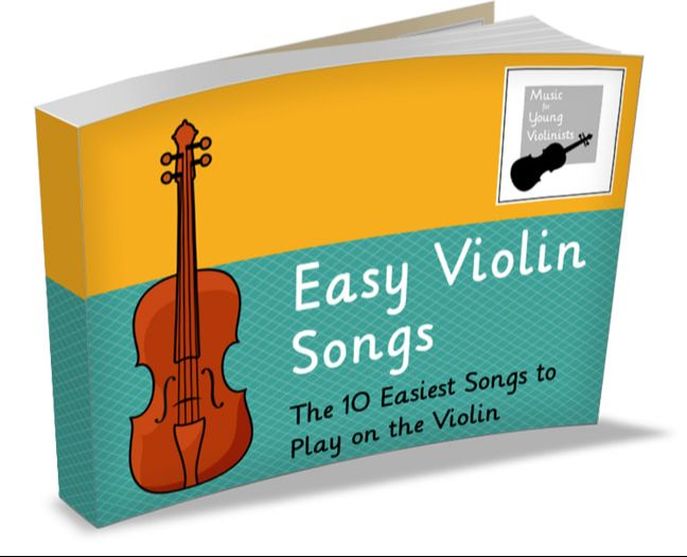
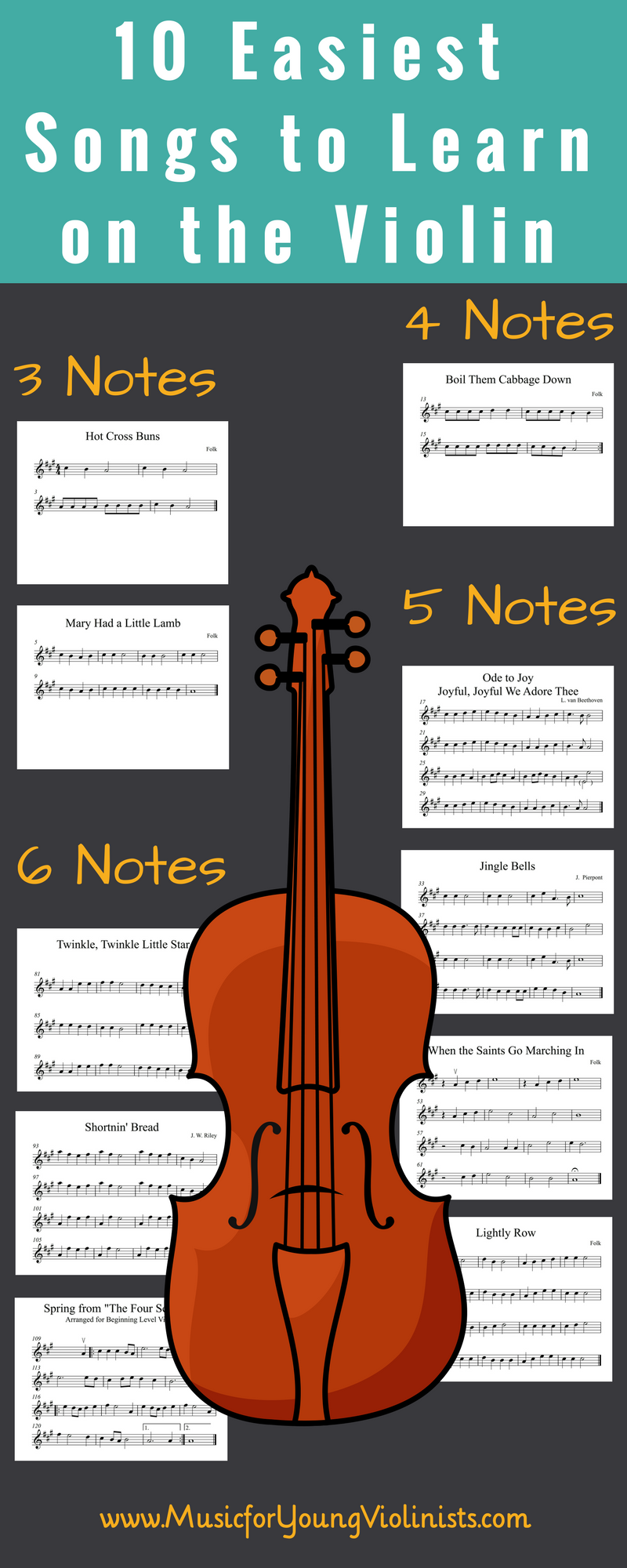
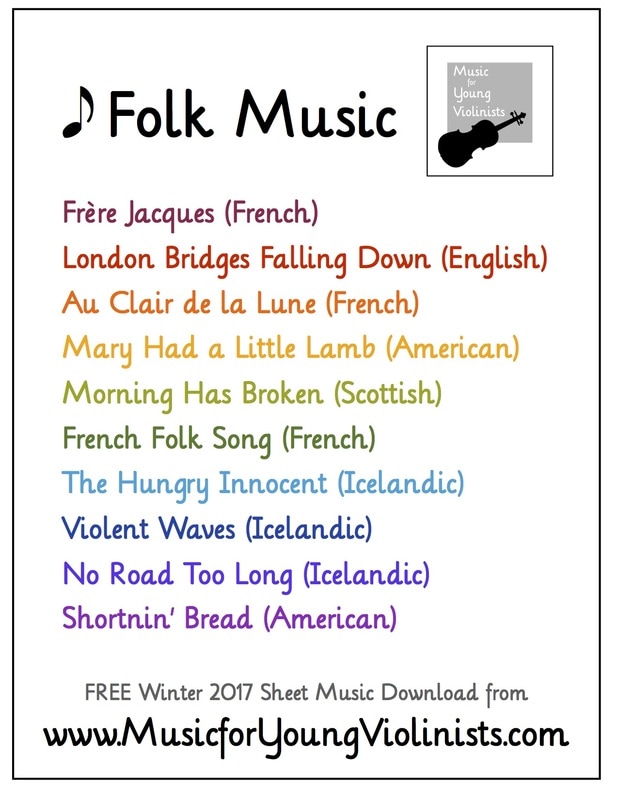
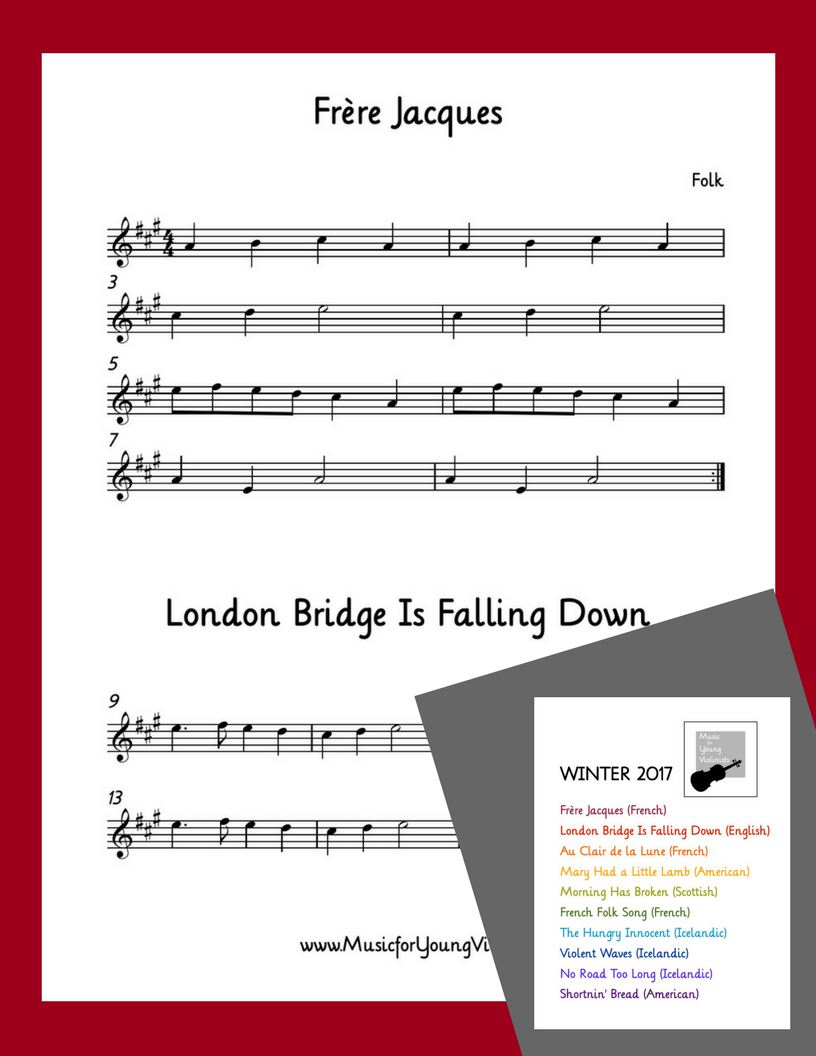
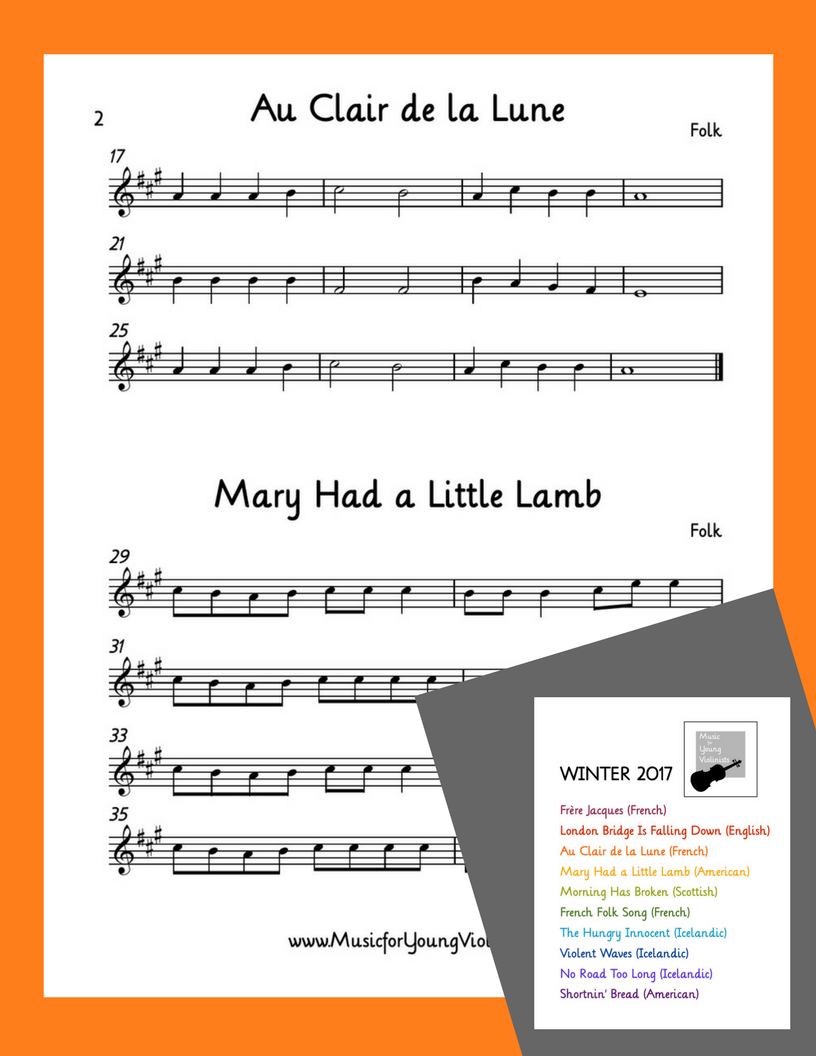
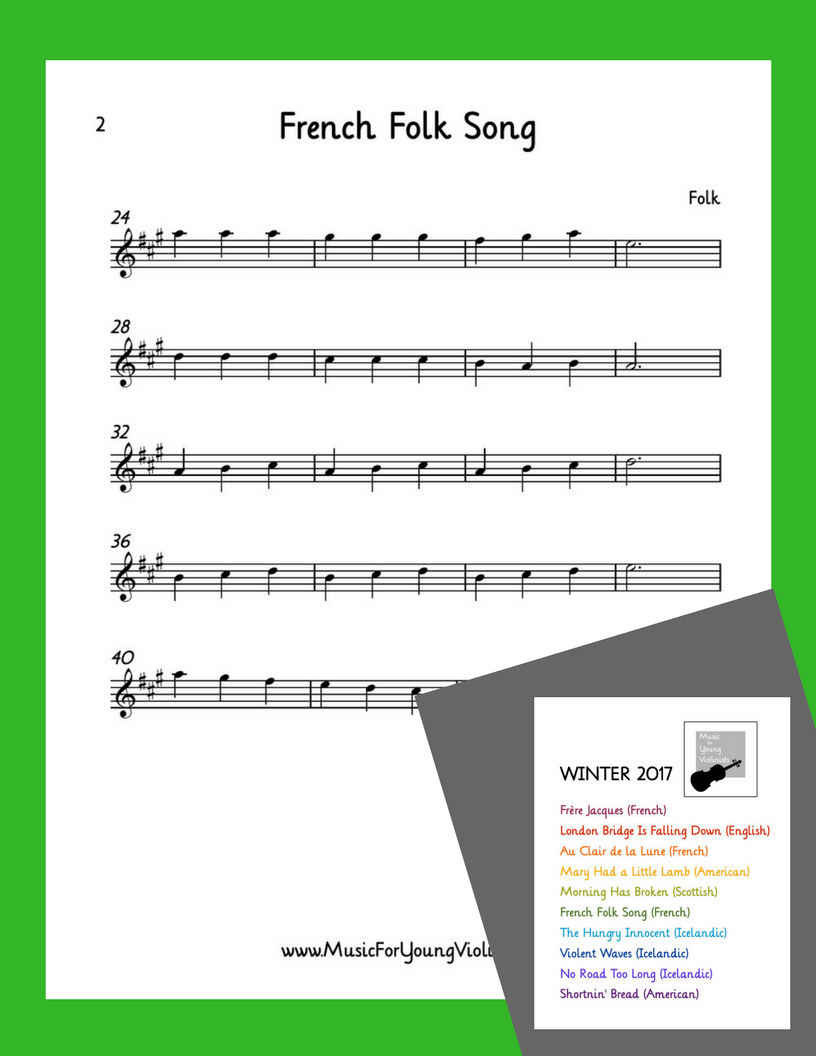
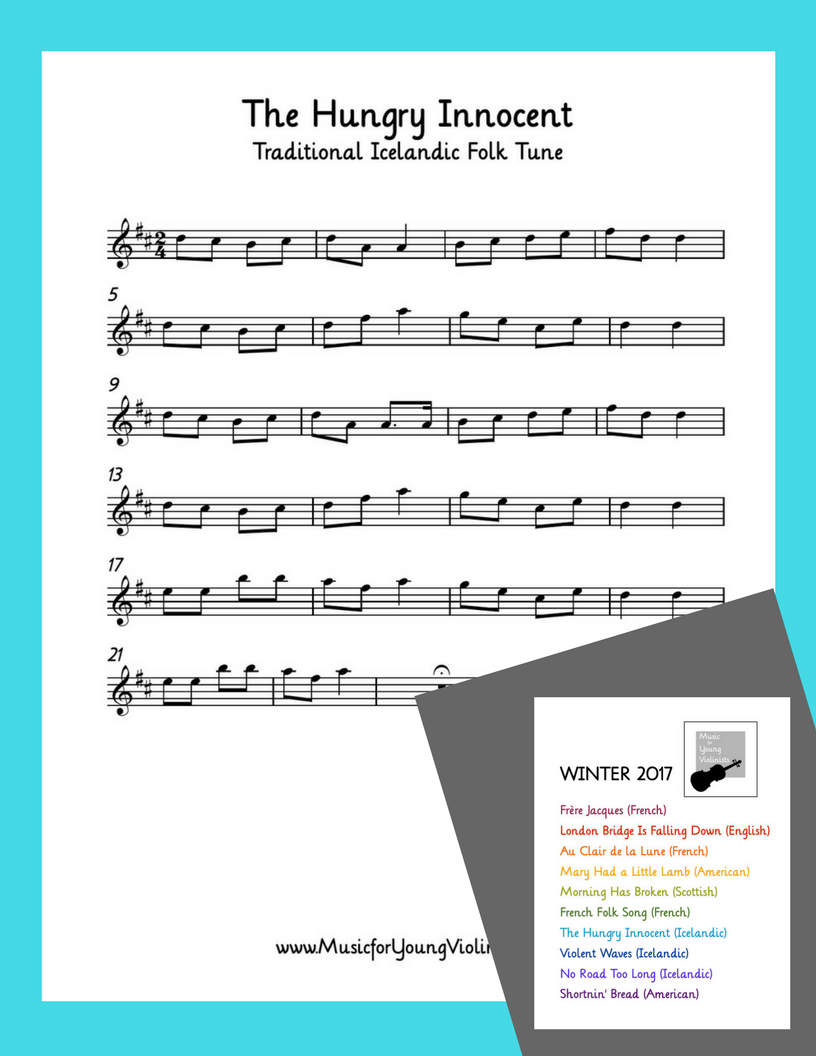
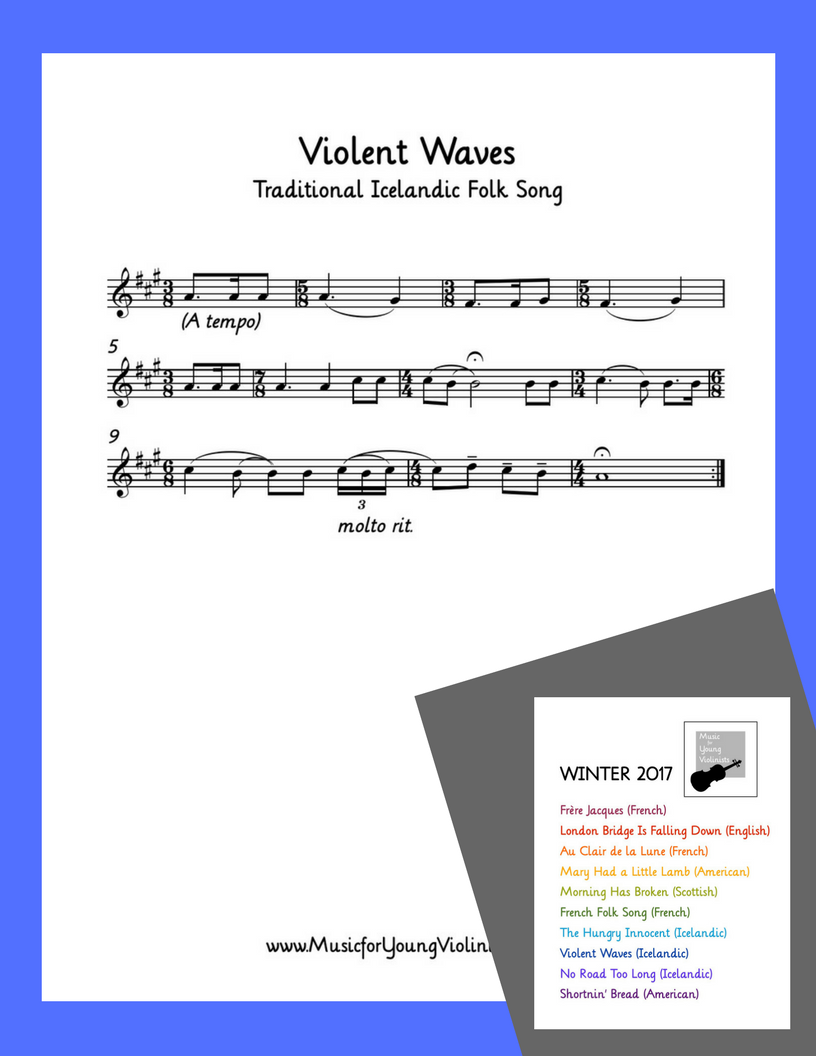
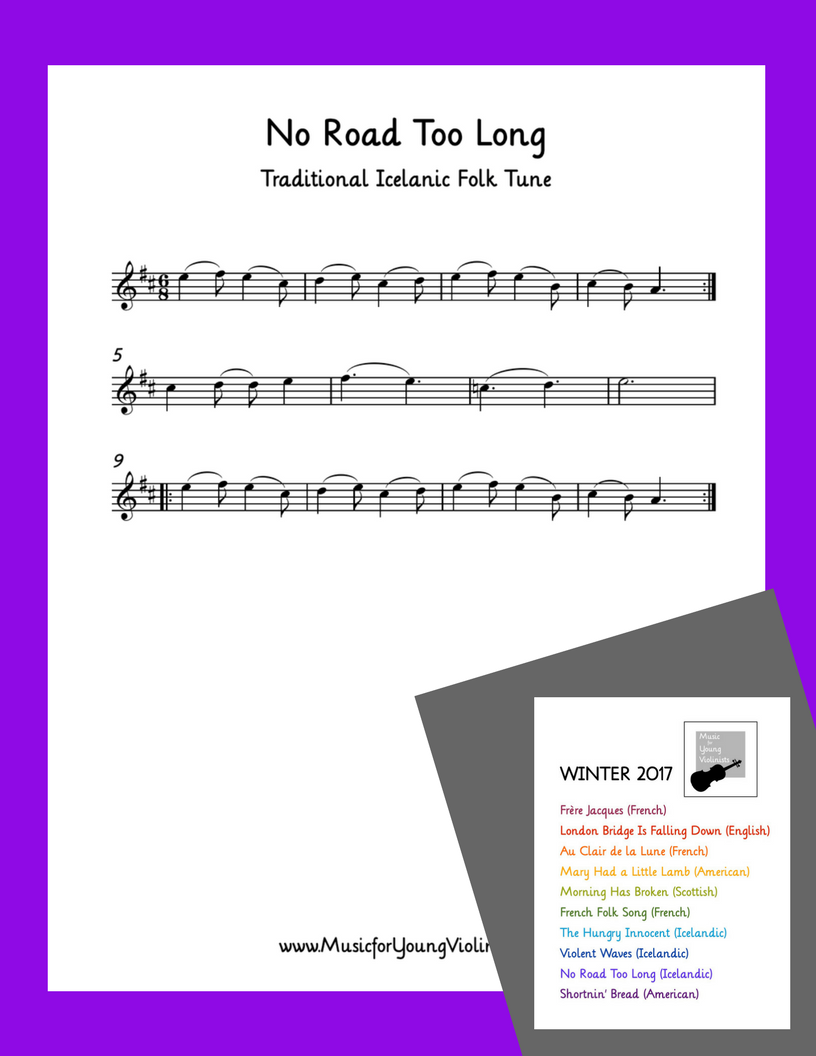
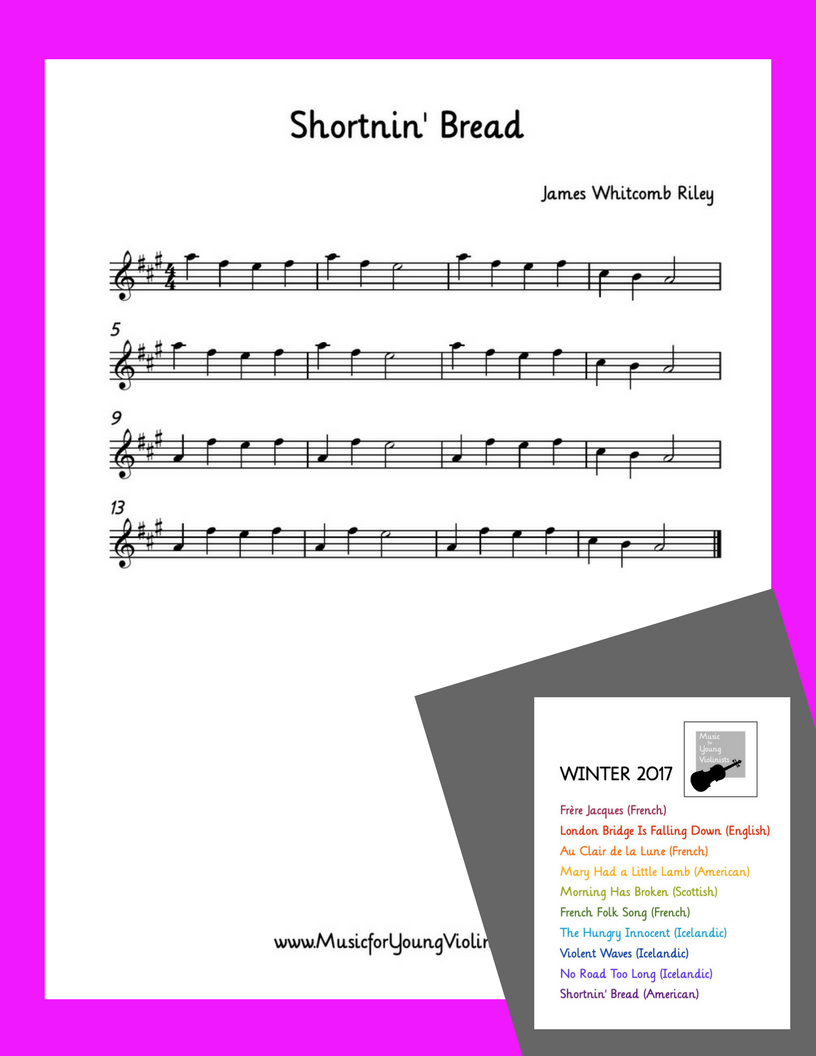
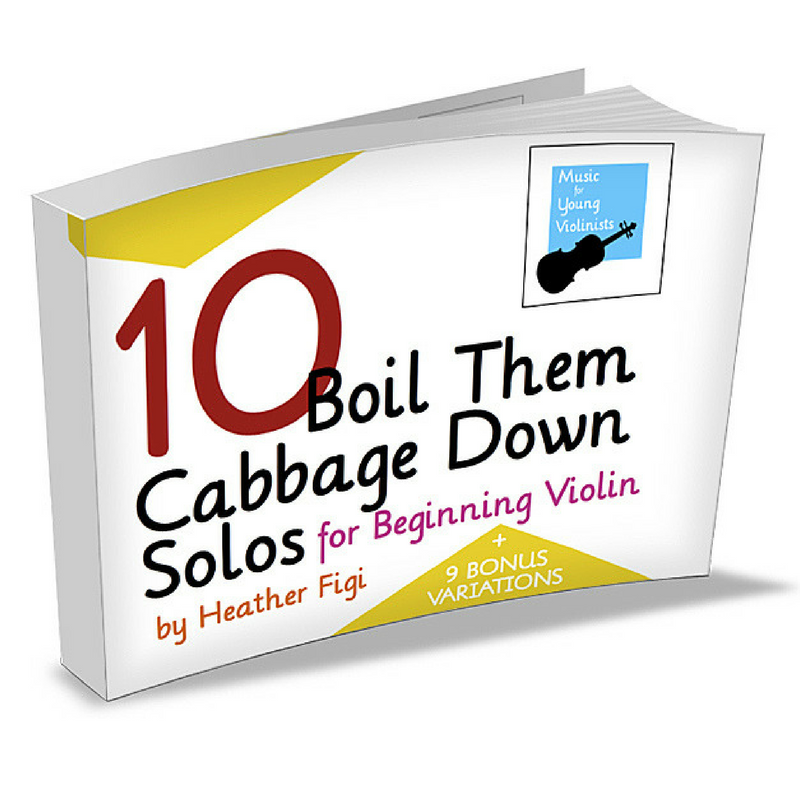
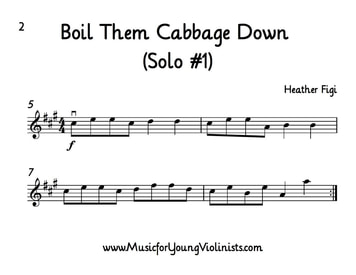
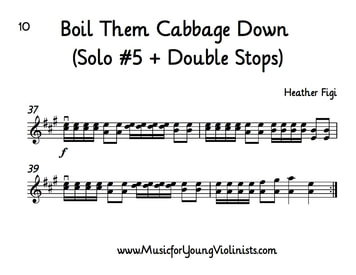
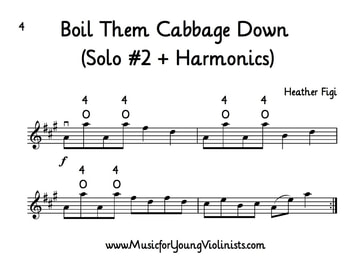
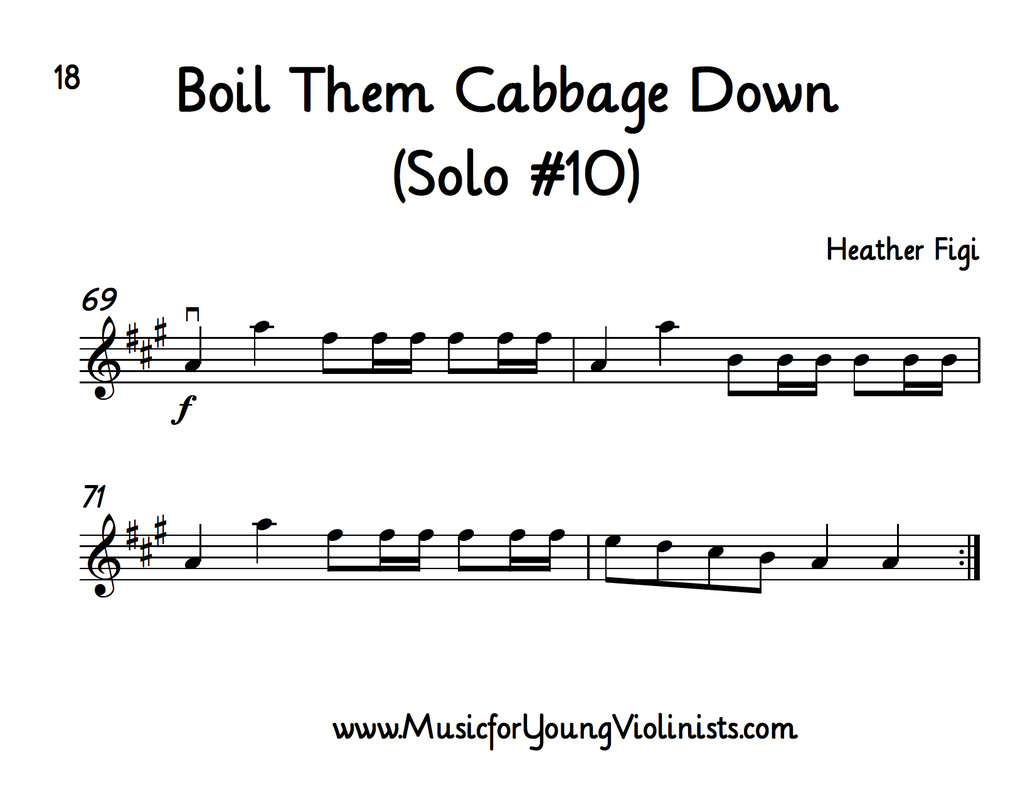
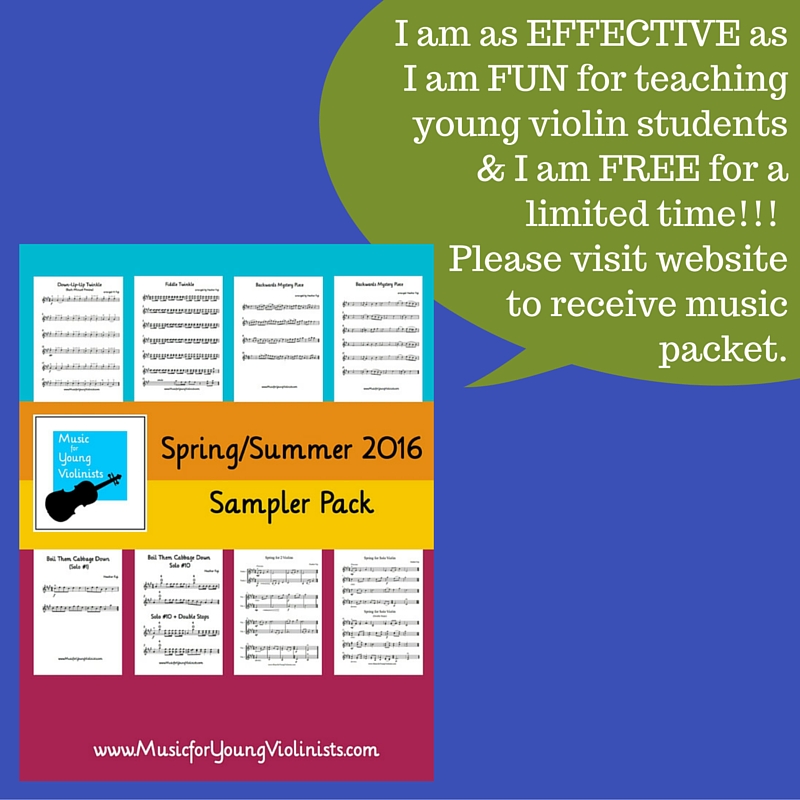

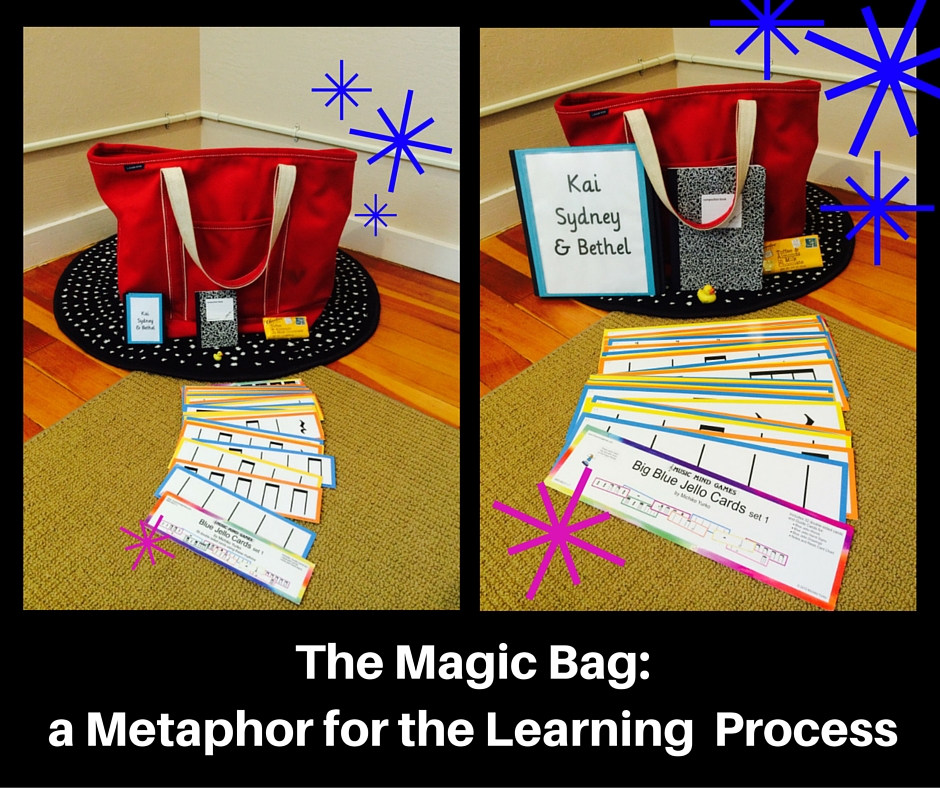
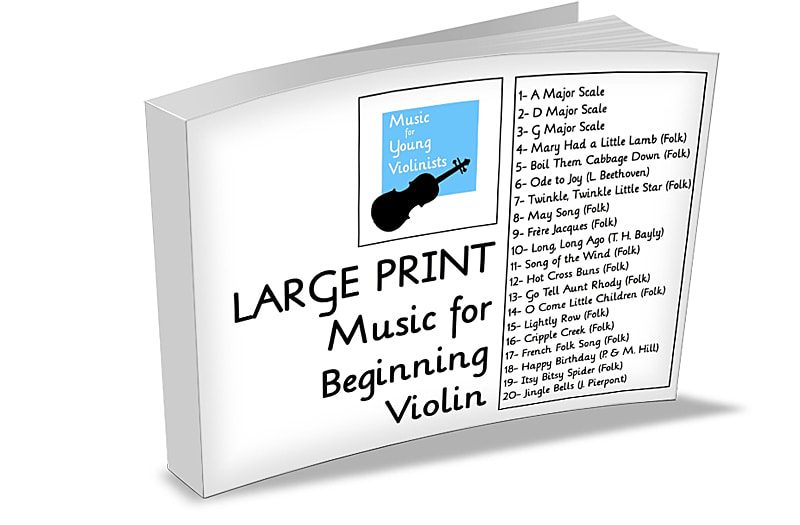
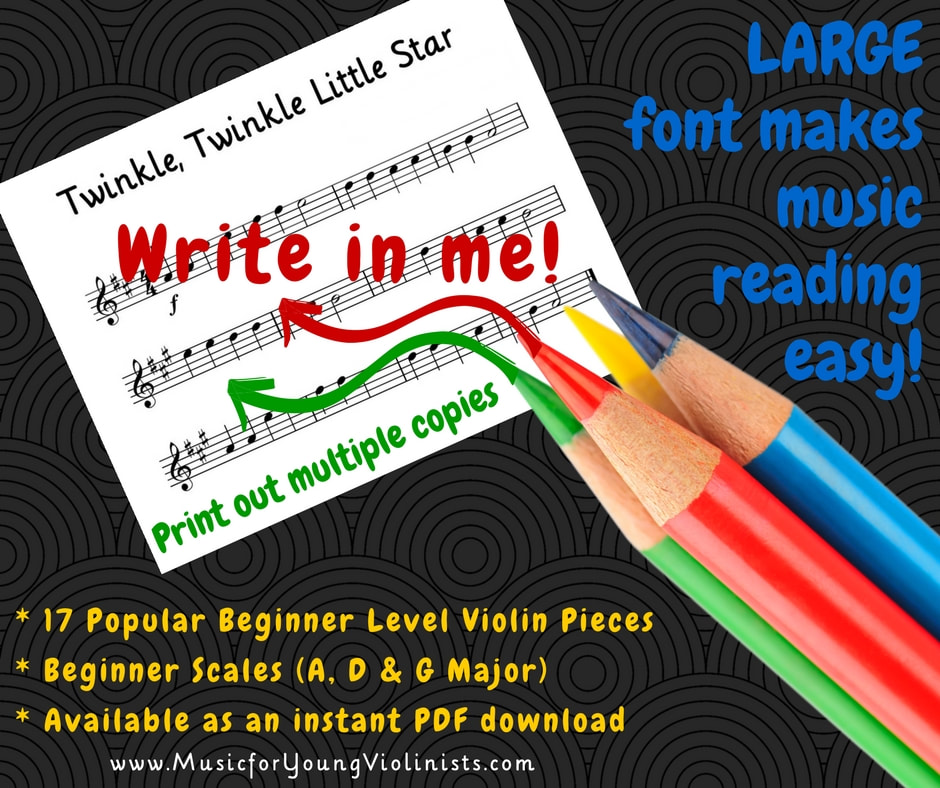
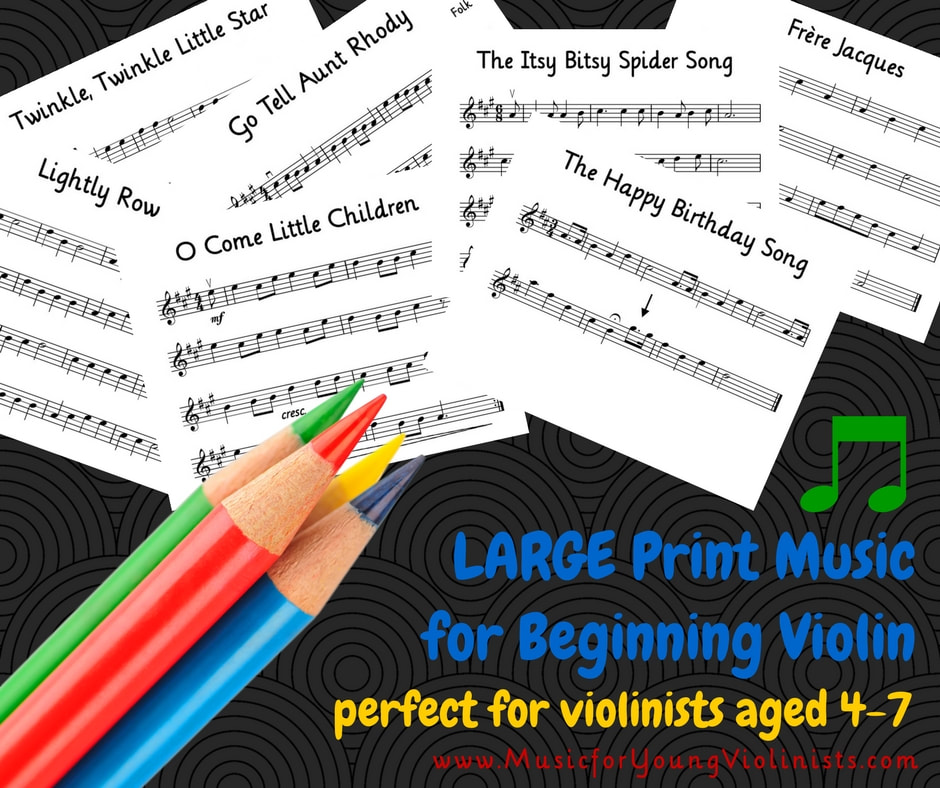
 RSS Feed
RSS Feed
